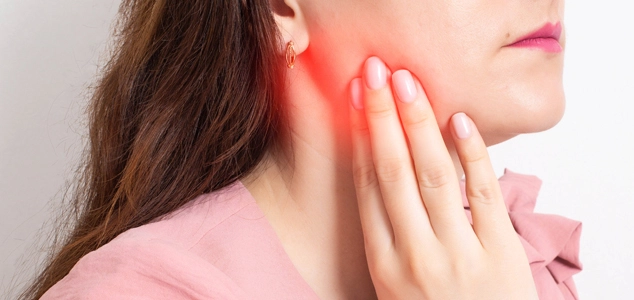Table of Contents
Kybella is an FDA-approved injectable treatment used to target and eliminate fat cells beneath the chin, known as submental fullness or a double chin. This non-surgical solution involves the use of deoxycholic acid, a naturally occurring molecule in the body that aids in the breakdown and absorption of dietary fat.
When injected into the fat beneath the chin, Kybella destroys these fat cells, resulting in a noticeable reduction in fullness and a more contoured neck profile over time. It’s important to note that Kybella swelling time can vary among individuals, with some experiencing temporary swelling or discomfort post-treatment.
Understanding the Kybella Procedure
The Kybella treatment process is straightforward but requires a skilled practitioner for optimal results. Before the treatment, patients undergo a consultation to determine their suitability for Kybella.
During the treatment, precise injections are made into the fat under the chin, typically involving multiple small injections to evenly distribute the product. After the treatment, patients can immediately notice swelling, which is a normal part of the healing process.
Kybella Swelling Timeline
The swelling timeline post-Kybella treatment is crucial for patients to understand as it varies from person to person.
Immediate post-treatment (0-48 hours) involves noticeable swelling and potential bruising. During the short-term swelling phase (2-7 days), swelling begins to subside but may still be apparent. The intermediate swelling phase (1-4 weeks) sees a significant reduction in swelling. Finally, long-term results and recovery (1-3 months) reveal the ultimate effects of the treatment, with minimal to no swelling and a more defined chin contour.
Managing Swelling and Discomfort after Kybella
All these tips are generic, individual might consult with the expert for customized care:
- Apply Ice Packs and Cold Compresses: Immediately after treatment and during the first 48 hours, apply ice packs or cold compresses to the treated area for 10-15 minutes every hour.
- Stay Elevated: Sleep with your head elevated above your heart for the first few nights to reduce swelling.
- Avoid Strenuous Activities: Refrain from engaging in heavy exercise or activities that can increase blood flow to the face for at least 48 hours post-treatment.
- Stay Hydrated: Drink plenty of water to help your body flush out the byproducts of the fat breakdown process.
- Use Over-the-Counter Pain Relievers: If discomfort is significant, consider taking acetaminophen (Tylenol) as directed. Avoid NSAIDs (like ibuprofen) if possible, as they can increase bruising.
- Limit Salt Intake: Reducing salt in your diet can help minimize additional swelling.
- Follow a Healthy Diet: Eating foods rich in vitamins and minerals can support healing.
- Avoid Alcohol: Alcohol can contribute to swelling and should be avoided for at least 24-48 hours after treatment.
- Gentle Massage: After the initial 24 hours, gentle massage may help facilitate lymphatic drainage, but only if recommended by your provider.
- Wear a Compression Garment: If advised by your healthcare provider, wearing a chin strap or compression garment can help manage swelling.
- Avoid Heat Exposure: Stay away from direct sunlight, saunas, and steam rooms until swelling has subsided, as heat can exacerbate swelling.
- Keep Follow-Up Appointments: Attend all scheduled follow-up appointments with your healthcare provider to ensure proper healing and address any concerns.
- Use Arnica Gel or Supplements: Consider using arnica, a natural supplement known for its anti-bruising and swelling properties, as recommended by your practitioner.
Conclusion
Kybella offers a promising solution for those looking to reduce submental fullness without surgery. Understanding the Kybella swelling timeline and following post-treatment care recommendations are key to achieving the best possible outcomes.
To learn more about Kybella, consult with Dr Syra Hanif in Manhattan. Book your appointment today!

-
About The Author
Dr. Syra Hanif M.D.Board Certified Primary Care Physician
Dr. Hanif is the Director of Aesthetic Medicine. She is a board-certified physician in Aesthetic Medicine who specializes in using non-surgical alternatives in order to enhance one's appearance through Botox and fillers.
Read More


